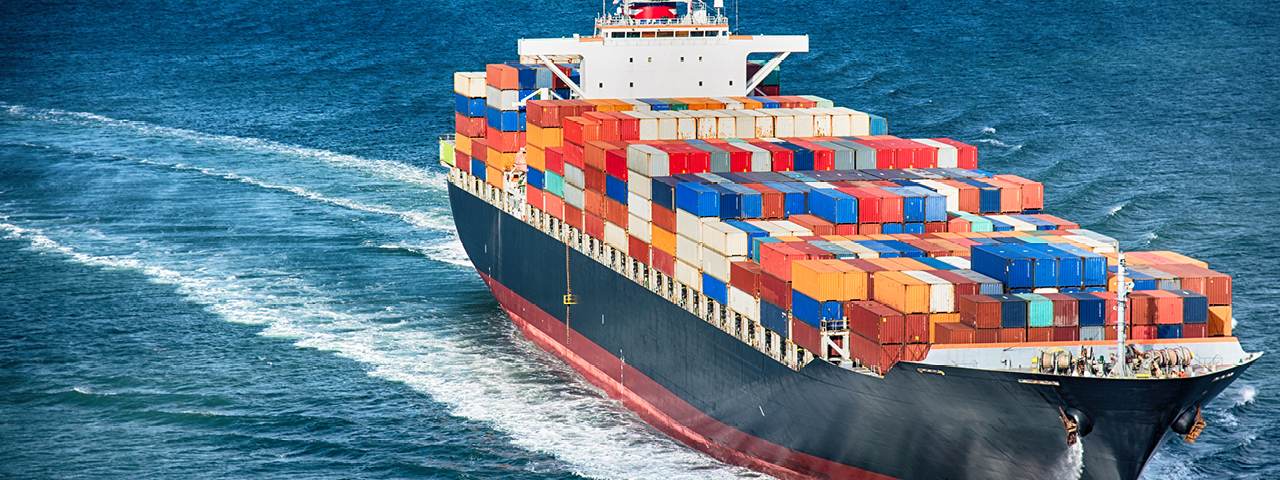
Reciprocal Tariffs
Current Status
On April 1, 2025, President Trump issued an Executive Order under the International Emergency Economic Powers Act (IEEPA) to establish a 10% baseline tariff and country-specific reciprocal tariffs on imported goods.
On April 9, 2025, President Trump issued an order delaying the country-specific reciprocal tariffs effective April 10, 2025. The country-specific reciprocal tariffs originally went into effect on April 9, 2025 and will be suspended for 90-days, after which the country-specific rates in Annex I will apply.
The baseline 10% tariff remains in effect for all products from all countries during this time, except for products that are covered by the exemptions listed in the original order (see below).
However, the 90-day pause does not apply to China due to their retaliatory tariffs on U.S.-origin goods. China's reciprocal tariff rate has increased from the original 34% to 84% and now to 125%. This applies to goods entered for consumption, or withdrawn from warehouse for consumption, on or after 12:01 a.m. EDT on April 10, 2025.
International Emergency Economic Powers Act (IEEPA)
International Emergency Economic Powers Act (IEEPA)
The reciprocal tariffs, imposed under IEEPA, aim to address concerns over foreign trade practices that the administration views as contributing to persistent U.S. goods trade deficits. The White House cites foreign tariffs, non-tariff barriers, and other restrictions that limit U.S. exports while granting foreign goods broad access to the U.S. market.
According to the Trump administration, the baseline and reciprocal tariffs are intended to promote balanced trade, strengthen U.S. industry, and reduce reliance on imports that may pose economic and security risks.
Tariff Rates and Effective Date
Tariff Rates and Effective Date
Baseline Tariff:
A 10% baseline tariff will apply to imports from all countries, effective April 5, 2025 at 12:01 am EDT.
Reciprocal Tariffs:
On April 9, 2025, President Trump issued an order delaying the country-specific reciprocal tariffs effective April 10, 2025. The country-specific reciprocal tariffs originally went into effect on April 9, 2025 and will be suspended for 90-days, after which the country-specific rates in Annex I will apply.
The baseline 10% tariff remains in effect for all products from all countries during this time, except for products that are covered by the exemptions listed in the original order (see below).
However, the 90-day pause does not apply to China due to their retaliatory tariffs on U.S.-origin goods. China's reciprocal tariff rate has increased from the original 34% to 84% and now to 125%. This applies to goods entered for consumption, or withdrawn from warehouse for consumption, on or after 12:01 a.m. EDT on April 10, 2025.
In the original reciprocal tariff order, country-specific reciprocal tariffs would have been applied to imports from 57 trading partners, effective April 9, 2025. On April 8, President Trump issued an amendment to the reciprocal tariff policy, increasing China's reciprocal rate by 50% to 84% in response to China's retaliation.
Cumulative Tariff Rates:
The new tariffs will be applied to any existing duties, fees, taxes, exactions, or charges except for the exemptions described below.
Goods in Transit:
Goods loaded onto a vessel and in transit on the final mode of transportation before the April 5 or April 9 effective dates; and subsequently entered for consumption or withdrawn from warehouse for consumption, will not be subject to the additional duty.
Country-Specific Rates
Exemptions
Exemptions
Certain goods will be excluded from the reciprocal tariff rates, including:
- Articles covered by IEEPA general exclusions (50 USC 1702(b)) such as donations, personal mail, informational materials, etc.
- Articles and derivatives of steel and aluminum currently subject to Section 232 tariffs
- Autos and auto parts currently subject to Section 232 tariffs
- Other products listed in Annex II, including copper, pharmaceuticals, semiconductors, lumber, certain critical minerals and energy and energy products
- Products from a trading partner subject to rates in Column 2 of the HTSUS (Cuba, North Korea, Russia and Belarus)
- All products that may become subject to future Section 232 tariffs
In other words, if your product is already subject to the steel and aluminum tariffs, the autos and autos parts tariffs or any of the other exemptions listed above, your product is exempt from these reciprocal tariffs.
Canada and Mexico
Canada and Mexico
Goods from Canada and Mexico will continue to be covered by the existing IEEPA orders related to fentanyl and immigration and are unaffected by this order. The current tariff structure for Canada and Mexico will remain:
- 0% tariff for USMCA-compliant goods.
- 25% tariff for non-USMCA-compliant goods.
- 10% tariff for non-USMCA-compliant energy and potash.
If the IEEPA tariffs related to fentanyl and immigration are lifted in the future, USMCA-compliant goods would continue to receive 0% preferential treatment, while non-USMCA compliant goods would be subject to a 12% reciprocal tariff under the new framework.
Drawback
Drawback
Drawback is available for tariffs imposed under the reciprocal tariffs order. U.S. Customs and Border Protection, CSMS, April 5, 2025.Presidential Modification Authority
Presidential Modification Authority
The Executive Order grants the President the authority to adjust the tariff rates if the action is not effective in addressing the national security concerns. Tariffs may be increased if foreign governments impose retaliatory measures or may be reduced if trading partners take actions to remedy non-reciprocal trade barriers.
Background
On February 13, 2025, President Trump issued an Executive Order directing the development of a reciprocal tariff system to address trade imbalances and foreign trade barriers. The order tasked the U.S. Trade Representative and the Secretary of Commerce with designing tariffs to counteract foreign tariffs, non-tariff barriers, and other restrictions on U.S. exports.
The administration finalized the reciprocal tariff structure on April 1, 2025, invoking emergency authority under the International Emergency Economic Powers Act (IEEPA) to implement both baseline and reciprocal tariffs.
Has your business been impacted by Tariffs?
We welcome your feedback to help us better understand and assess the impact of these tariffs on our industry and businesses. Please share with us by contacting Angela Chiang, director, international affairs, at angela.chiang@autocare.org.
Share Your Impact StoryResources
 On Your Behalf
On Your Behalf Auto Care Association Joins Coalition Letter Calling for Extension of Section 301 Tariff Modifications
 On Your Behalf
On Your Behalf Auto Care Association Joins Coalition Letter Calling for Extension of Section 301 Tariff Exclusions
 On Your Behalf
On Your Behalf Auto Care Association Joins Coalition Letter to Congress Urging USTR to Conclude Section 301 Four-Year Review
 On Your Behalf
On Your Behalf Auto Care Association Joins Coalition Letter to USTR Requesting Section 301 Tariff Exclusion Extension







